History of Studland Bay House
Thanks to the successive heads of the Bankes family with their policy to only build houses where appropriate and to hardly ever sell property, Studland remains unspoilt. Mr W R Bankes was no exception to this policy, however, after a few glasses of the finest port in 1897 he was persuaded by a fellow member of his London Club the Hon. Eustace Fiennes MP (of the Twistelton-Wykeham-Fiennes family, the premier UK Barony of Saye and Sele and Grandfather of the explorer Sir Ranulph Fiennes) to sell him the freehold to build the house, originally named Kyalami.
In 1906 the Bankes Estate sold additional land to provide a more reasonable garden as seen by the fence bordering the inner garden.
In 1921 the house was bought by a Mr G A C Shenley who was said to have made his fortune in the US liquor trade during the prohibition. He was American pioneer wireless enthusiast and a friend of Marconi. He had a huge aerial opposite the front door for communicating with Marconi’s transmitter on the Isle of Wight. The marble mantle-piece in the drawing room was shipped from Italy aboard his motor yacht.
In 1930 the house was sold to Mr J M Macmillan (no relation to the late PM) and according to his son a transmitter was concealed in the roof space from where the bay could be surveyed in the event of an invasion. Despite Studland Bay being evacuated as a battle training area the house was little used during the war, it was undesirable as a headquarters because so many fixtures had been removed for safe keeping. Likewise, with Knoll House although Winston Churchill, Eisenhower and Montgomery watched final rehearsals for the Normandy beach assault from its terrace.
In the 1930’s Mr Macmillan spent large sums of money taming the wild garden and creating the adjoining cricket ground with a matting on concrete wicket. Sadly, enforced neglect during the war was responsible for much intergrowth between the fine trees and shrubs he planted.
In 1949 Mr Macmillan sold Studland Bay House to Knoll House Hotel who had been maintaining the gardens in return for hotel guest access. The present owners, the Ferguson family acquired the hotel and house in 1959. The 39 steps were built by the Late Colonel Kenneth du B Ferguson, DSO, TD, DL, a former High Sheriff of Dorset.
The gardens slope gently down towards the sea in a N E direction. The site is on the borderline of the London clay and Bagshot beds which are composed of a series of sands and irregular seams of pipe clay. An extensive drainage system was laid in 1990 due to the slow drainage through clay layers and sparse topsoil.
The garden was severely damaged by the storms of 1987 and 1990. Many large trees were lost and a major replanting programme was undertaken in the summer and autumn 1990. The red ironstone commemorates these storms and the work that was undertaken as a consequence. The ironstone was quarried from Woodhouse Hill, Studland.
The Ferguson family sold Knoll House Hotel in 2017 and siblings Michael and Sarah Ferguson now own Studland Bay House.

